
Optimizing Stainless Steel Machining Parameters
- By:ABLINOX
- 2024-07-10
- 97
The Science Behind Stainless Steel Machining Parameters
Stainless steel machining is a critical process in various industries, including automotive, aerospace, and medical equipment manufacturing. To achieve optimal results, understanding and optimizing machining parameters is essential.
When it comes to stainless steel, choosing the right cutting speed, feed rate, depth of cut, and tool type can significantly impact the machining efficiency and the quality of the final product. Let’s delve into the key parameters that influence stainless steel machining:
Cutting Speed
The cutting speed plays a crucial role in stainless steel machining. Running the tool at the right speed helps in maintaining temperature control, prolongs tool life, and ensures better surface finish.
Feed Rate
Optimizing the feed rate is essential for achieving a balance between material removal rate and tool life. Too high a feed rate can lead to premature tool wear, while too low a feed rate can result in poor surface finish.
Depth of Cut
The depth of cut affects the radial forces acting on the tool. By adjusting this parameter, machinists can control chip thickness, cutting forces, and tool deflection, ultimately influencing the machined surface’s quality.
Tool Selection
Choosing the right tool material, geometry, and coating is vital for successful stainless steel machining. High-speed steel, carbide, and ceramic tools each have their advantages and are suited for specific applications.
Optimizing Parameters for Different Stainless Steel Grades
Various stainless steel grades, such as 304, 316, and 430, have unique machining requirements. Understanding the properties of each grade and adjusting the machining parameters accordingly is key to achieving high precision and efficiency.
By fine-tuning cutting speed, feed rate, depth of cut, and tool selection based on the specific stainless steel grade and machining operation, manufacturers can optimize productivity, reduce costs, and enhance product quality.
Conclusion
In conclusion, mastering stainless steel machining parameters is essential for achieving efficient and precise manufacturing processes. By understanding the nuances of each parameter and their interactions, machinists can unlock the full potential of stainless steel machining. Stay tuned for more insights on machining best practices and industry trends!
-

Exploring the Art of Precision Casting
2025-03-20 -

Premium Stainless Steel Hinges for Durable Glass Shower Enclosures
2025-03-14 -

Stainless Steel Tactile Products: Durable Solutions for Barrier-Free Environments
2025-03-12 -

Celebrating Women’s Day: Special Care for Our Female Employees
2025-03-08 -

From Design to Finished Product: The Complete Guide to Stainless Steel Precision Casting
2025-02-26 -

Guides To Buy Stainless Steel Sanitary Ware
2024-01-16 -

How Do We Customize SS 304 Faucets for You?
2023-10-17 -

One of the Casting Steps, Pouring
2023-07-24 -

Training for Business Expansion
2022-07-02 -

Internal Business Sharing Meeting
2022-06-20
-

Premium Stainless Steel Handrail Fittings from a Trusted SS Casting Manufacturer
2025-10-29 -
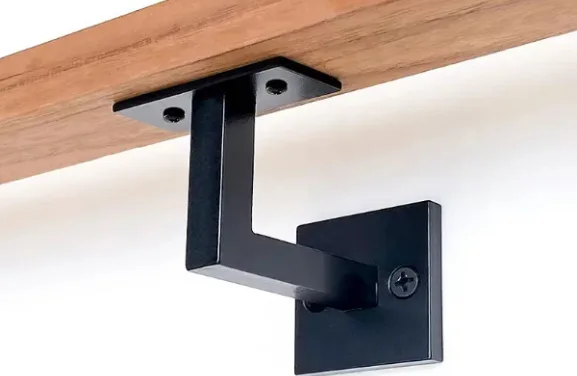
Premium Stainless Steel Balustrade Accessories and Boat Hardware for Lasting Performance
2025-10-29 -
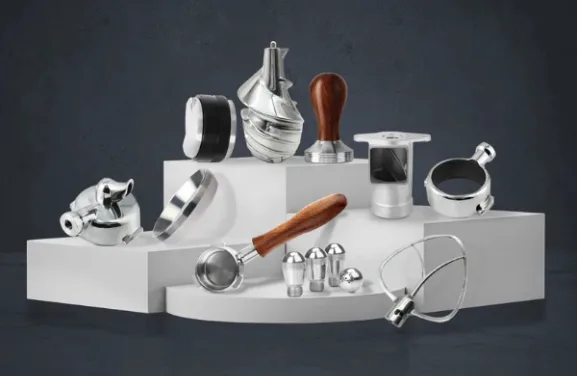
High-Performance Stainless Steel Hardware for Marine and Architectural Applications
2025-10-29 -
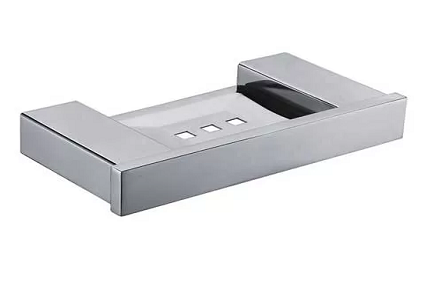
High-Quality Stainless Marine Hardware and Balustrade Accessories
2025-10-23 -
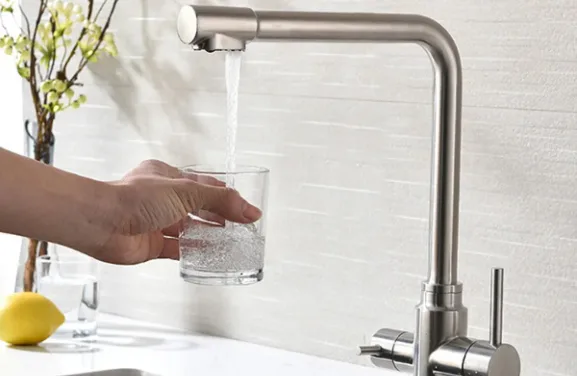
High-Quality Stainless Steel Marine Hardware and Casting Solutions
2025-10-23 -
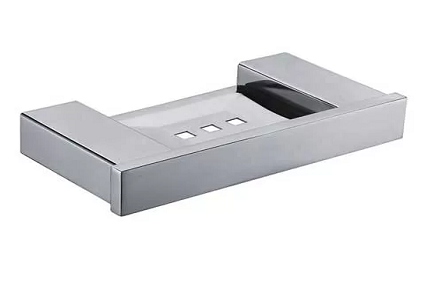
Premium Stainless Steel Casting Hardware for Architecture and Home Design
2025-10-09 -

High-Quality Stainless Steel Railing and Marine Accessories for Modern Applications
2025-10-09 -
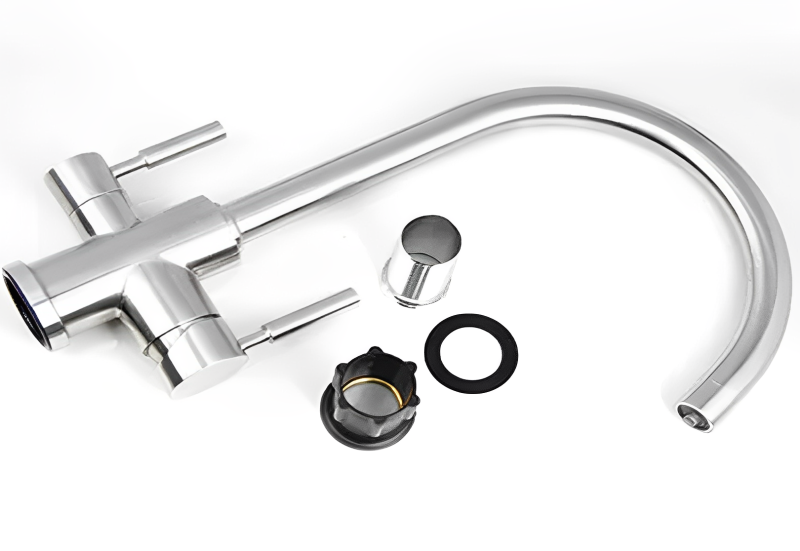
Precision Stainless Steel Casting and Marine Hardware Manufacturer
2025-10-09 -
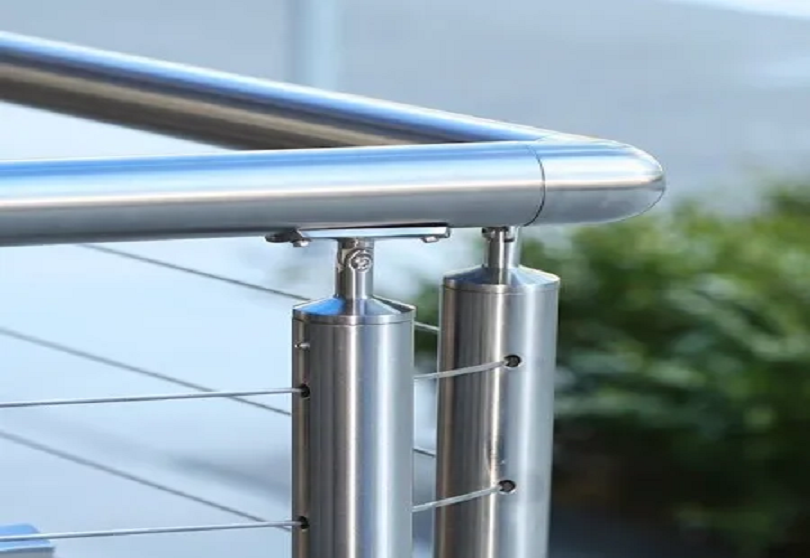
Precision Stainless Steel Casting and Hardware Solutions for Modern Living
2025-10-09 -

Premium Stainless Steel Railing and Marine Accessories for Lasting Performance
2025-10-09

